One of the problems that make it difficult to solve the mystery of the origin of life is determining how life emerged in chemically complex messy environments on primitive Earth.
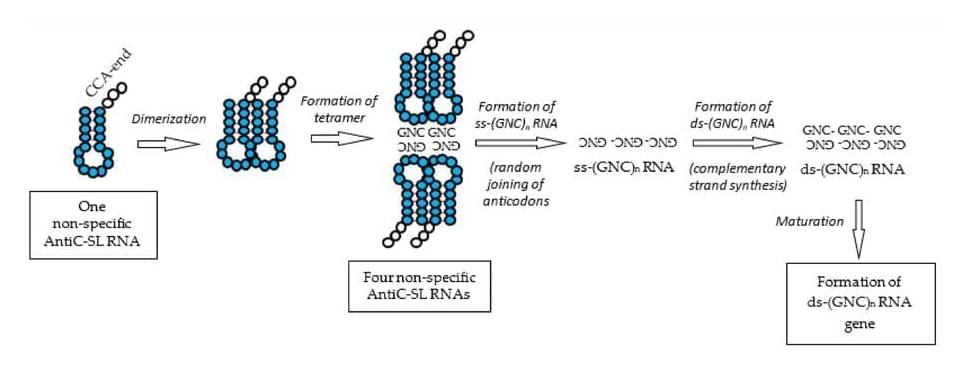

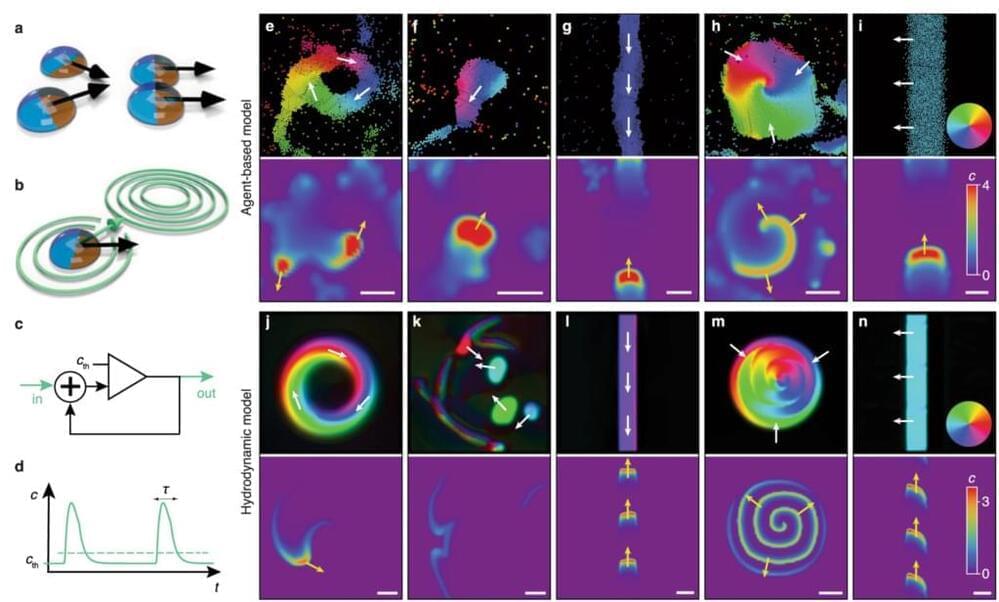
It acted with rudimentary intelligence, learning, evolving and communicating with itself to grow more powerful.
A new model by a team of researchers led by Penn State and inspired by Crichton’s novel describes how biological or technical systems form complex structures equipped with signal-processing capabilities that allow the systems to respond to stimulus and perform functional tasks without external guidance.
“Basically, these little nanobots become self-organized and self-aware,” said Igor Aronson, Huck Chair Professor of Biomedical Engineering, Chemistry, and Mathematics at Penn State, explaining the plot of Crichton’s book. The novel inspired Aronson to study the emergence of collective motion among interacting, self-propelled agents. The research was recently published in Nature Communications.

The concept could one day capture incredibly detailed images of distant alien worlds.
NASA is betting on nuclear propulsion technologies. The space agency’s Institute of Advanced Concepts (NIAC) awarded a grant to a company called Positron Dynamics for the development of a novel type of nuclear fission fragment rocket engine (FFRE).
The lightweight nuclear fission engine concept could outperform traditional chemical rocket engines while also allowing for long-lasting, deep space missions.
NASA says it could travel to the Solar Gravitational Lens in 15 years, allowing for incredibly detailed images of distant alien worlds.
NASA, Ryan Weed.
The space agency’s Institute of Advanced Concepts (NIAC) awarded a grant to a company called Positron Dynamics for the development of a novel type of nuclear fission fragment rocket engine (FFRE).
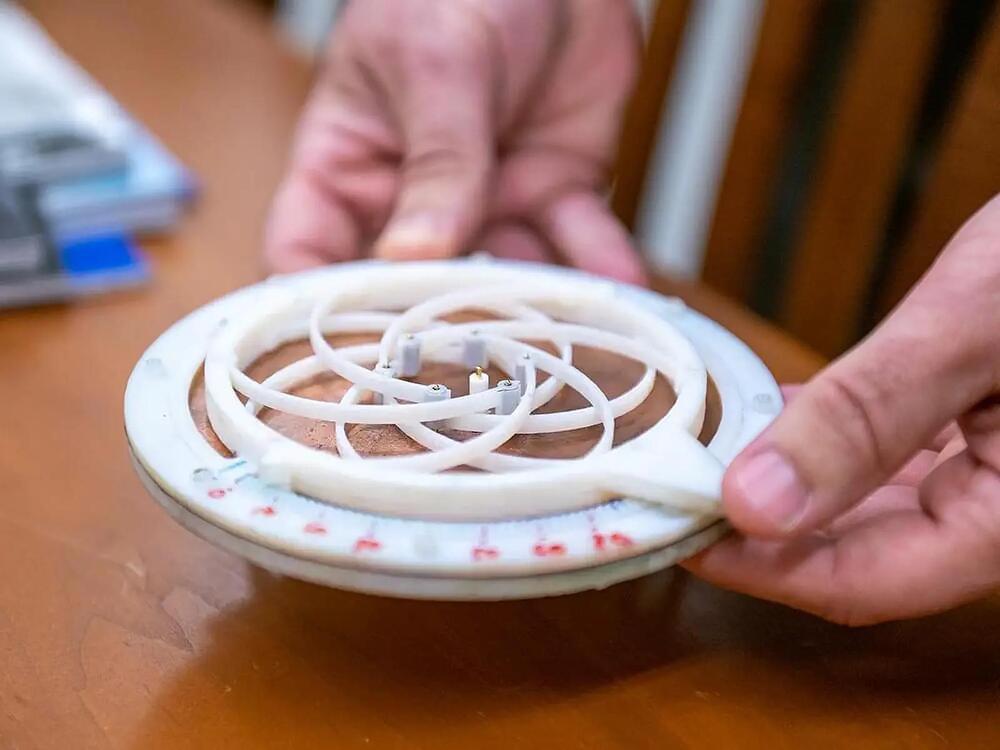
Reconfigurable antennas — those that can tune properties like frequency or radiation beams in real-time, from afar — are integral to future communication network systems, like 6G. But many current reconfigurable antenna designs can fall short: they dysfunction in high or low temperatures, have power limitations, or require regular servicing.
To address these limitations, electrical engineers in the Penn State College of Engineering combined electromagnets with a compliant mechanism, which is the same mechanical engineering concept behind binder clips or a bow and arrow. They published their proof-of-concept reconfigurable compliant mechanism-enabled patch antenna today (February 13, 2023) in the journal Nature Communications.
<em>Nature Communications</em> is a peer-reviewed, open-access, multidisciplinary, scientific journal published by Nature Portfolio. It covers the natural sciences, including physics, biology, chemistry, medicine, and earth sciences. It began publishing in 2010 and has editorial offices in London, Berlin, New York City, and Shanghai.

When neutron stars collide they produce an explosion that is, contrary to what was believed until recently, shaped like a perfect sphere. Although how this is possible is still a mystery, the discovery may provide a new key to fundamental physics and to measuring the age of the universe. The discovery was made by astrophysicists from the University of Copenhagen and has just been published in the journal Nature.
Kilonovae—the giant explosions that occur when two neutron stars orbit each other and finally collide—are responsible for creating both great and small things in the universe, from black holes to the atoms in the gold ring on your finger and the iodine in our bodies. They give rise to the most extreme physical conditions in the universe, and it is under these extreme conditions that the universe creates the heaviest elements of the periodic table, such as gold, platinum and uranium.
But there is still a great deal we do not know about this violent phenomenon. When a kilonova was detected at 140 million light-years away in 2017, it was the first time scientists could gather detailed data. Scientists around the world are still interpreting the data from this colossal explosion, including Albert Sneppen and Darach Watson from the University of Copenhagen, who made a surprising discovery.
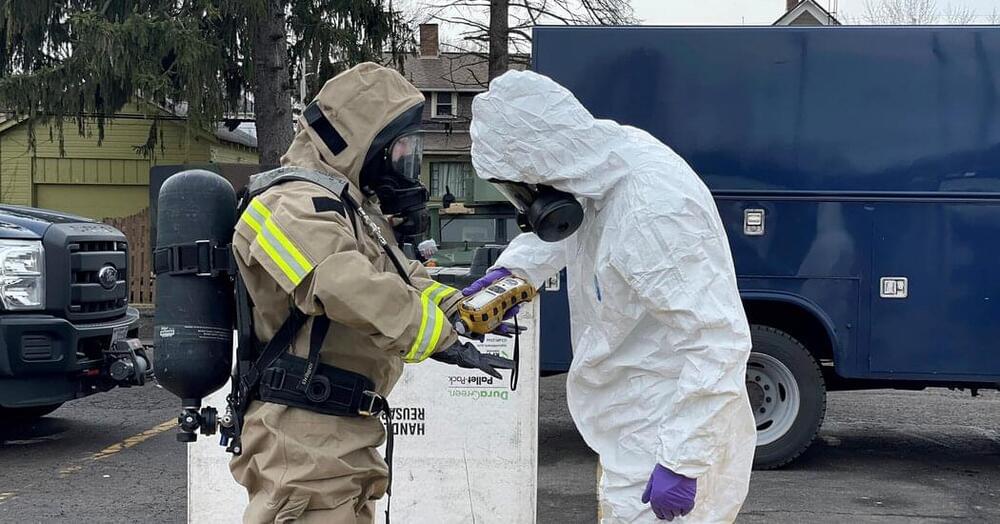
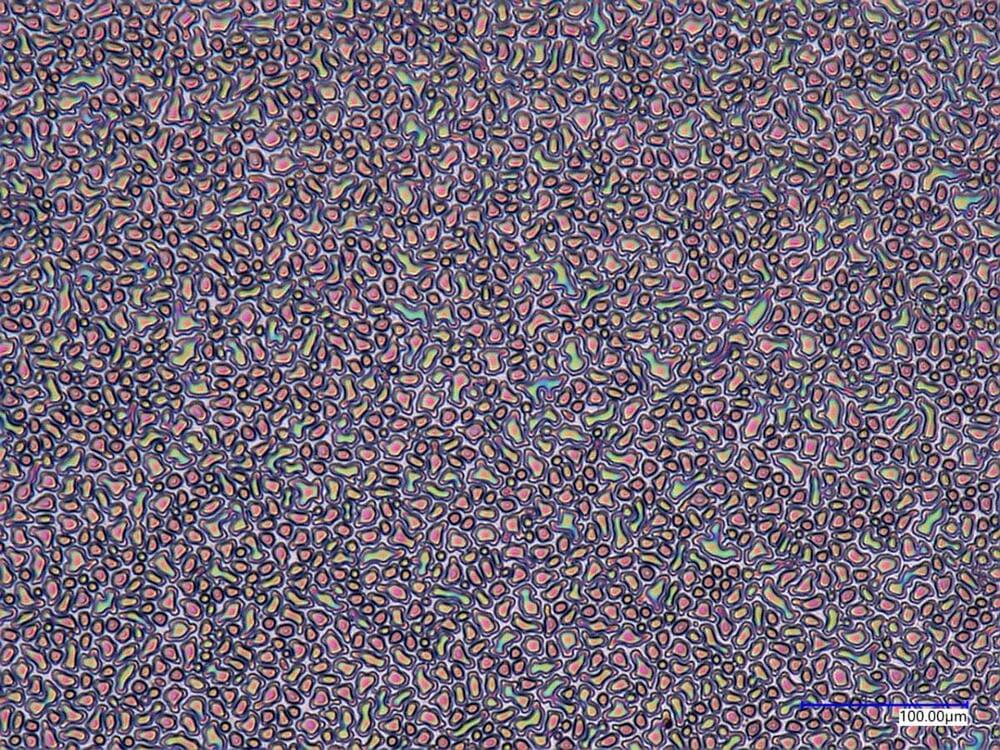
A new all-dry polymerization technique uses reactive vapors to create thin films with enhanced properties, such as mechanical strength, kinetics and morphology. The synthesis process is gentler on the environment than traditional high-temperature or solution-based manufacturing and could lead to improved polymer coatings for microelectronics, advanced batteries and therapeutics.
“This scalable technique of initiated chemical vapor deposition polymerization allows us to make new materials, without redesigning or revamping the whole chemistry. We just simply add an ‘active’ solvent,” said Rong Yang, assistant professor in the Smith School of Chemical and Biomolecular Engineering in Cornell Engineering. “It’s a little bit like a Lego. You team up with a new connecting piece. There’s a ton you can build now that you couldn’t do before.”
This micrograph image shows an initiated chemical vapor deposition coating made by doctoral student Pengyu Chen in the lab of Rong Yang, assistant professor in the Smith School of Chemical and Biomolecular Engineering in Cornell Engineering. (Image: Cornell University)
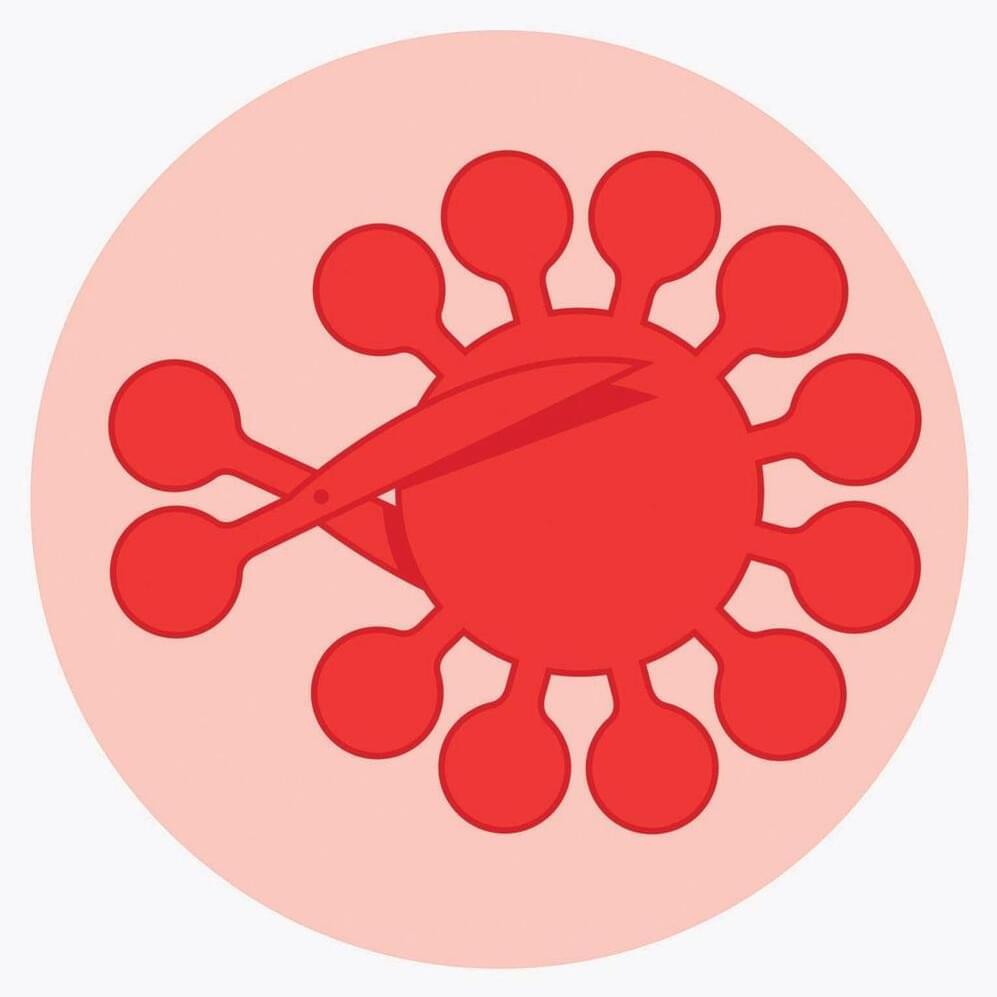
Artificial enzymes can fight the COVID-causing virus by selectively snipping apart its RNA genome, a new study suggests. Researchers say the technique may overcome key problems with previous technologies and could help create rapid antiviral treatments as threats emerge.
When the COVID pandemic struck, University of Cambridge chemical biologist Alexander Taylor scrambled to repurpose a gene-cutting technology he and his colleagues had been developing: synthetic enzymes called XNAzymes (xeno nucleic acids) formed from artificial RNA. Working single-handedly during lockdown, Taylor generated five XNAzymes targeting sequences in SARS-CoV-2’s genome in a matter of days.
Enzymes are natural catalysts that facilitate chemical transformations—in this case, by chopping other molecules apart. But previous DNA-and RNA-based enzymes have struggled to cut long, highly structured molecules such as virus genomes. Instead they destroy targets by recruiting existing enzymes inside cells—a less precise process that can lead to “off-target” cuts and increased side effects.

A team of undergraduate and graduate chemistry students in Jennifer Hines’ lab at Ohio University recently uncovered a new class of compounds that can target RNA and disrupt its function. This discovery identified a chemical scaffold that could ultimately be used in the development of RNA-targeted medicines to treat bacterial and viral infections, as well as cancer and metabolic diseases.
RNA is chemically like DNA but also controls the extent to which the DNA’s instructions are carried out within a living cell. It is this essential regulatory role in the function of the cell that makes RNA such an attractive target.
“Trying to target RNA is at the forefront of medicinal chemistry research with enormous potential for treating diseases,” said Hines, professor of chemistry and biochemistry in the College of Arts and Sciences. “However, there are relatively few compounds known to directly modulate RNA activity which makes it challenging to design new RNA-targeted therapeutics.”

Quantum mechanics is simultaneously beautiful and frustrating.
Its explanatory power is unmatched. Armed with the machinery of quantum theory, we have unlocked the secrets of atomic power, divined the inner workings of chemistry, built sophisticated electronics, discovered the power of entanglement, and so much more. According to some estimates, roughly a quarter of our world’s GDP relies on quantum mechanics.
Yet despite its overwhelming success as a framework for understanding what nature does, quantum mechanics tells us very little about how nature works. Quantum mechanics provides a powerful set of tools for successfully making predictions about what subatomic particles will do, but the theory itself is relatively silent about how those subatomic particles actually go about their lives.